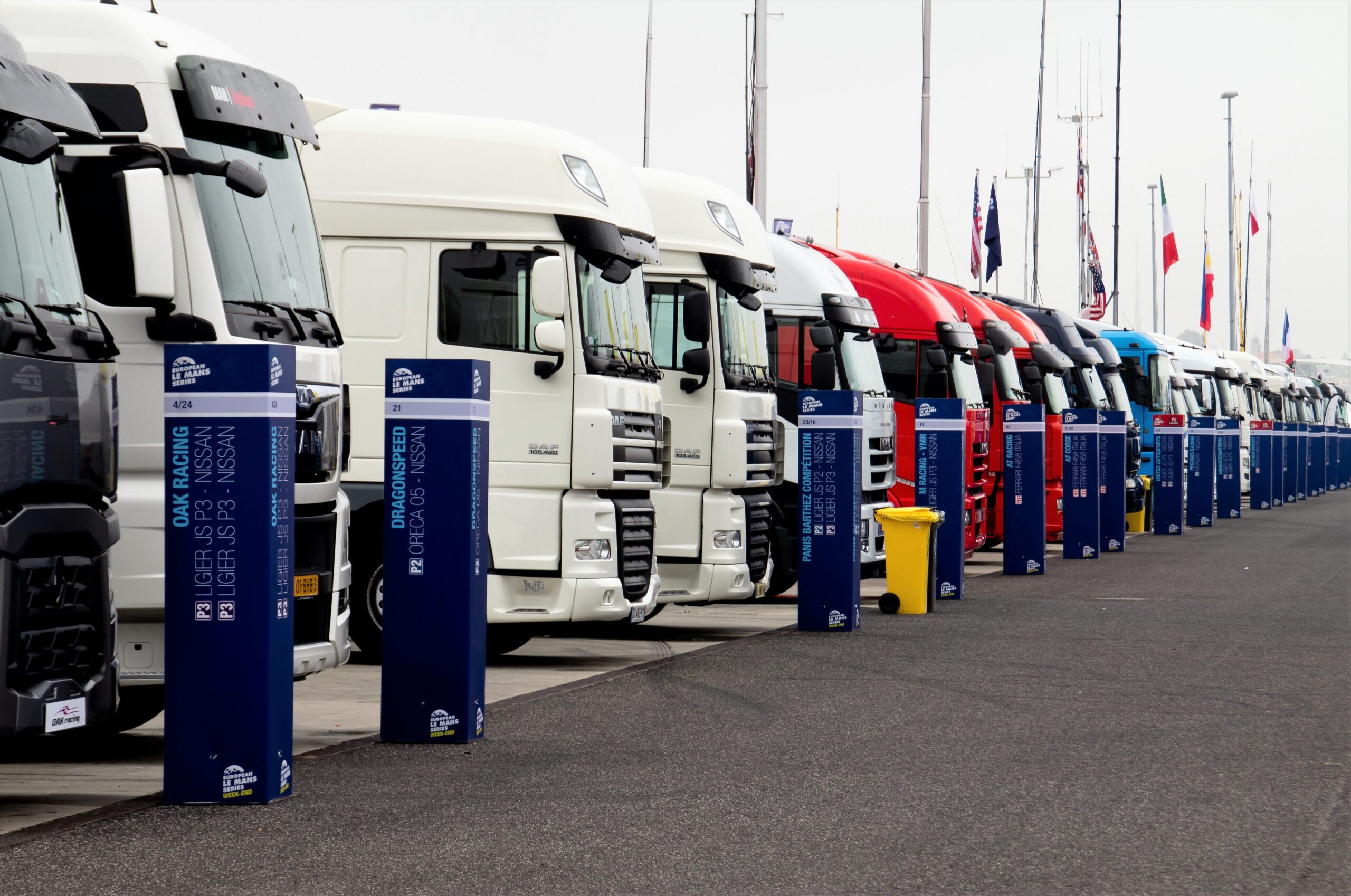29 Oct

In the vast and intricate world of logistics and transportation, two essential but distinct services often come into play: rush delivery dispatching and regular dispatching. Both play critical roles in getting goods from point A to point B, but the manner in which they operate, their objectives, and the types of shipments they handle are markedly different. In this blog post, we’ll explore the key differences between rush delivery dispatching and regular dispatching to help you understand when and how each service is used.
Rush Delivery Dispatching
Understanding Rush Delivery Dispatching:
Rush delivery dispatching is a specialized and time-critical service within the transportation industry. Its primary focus is on delivering time-sensitive shipments as quickly as possible, often within a matter of hours. The urgency of these shipments means that they must be transported from the point of origin to the destination without delays. Below are the key aspects of rush delivery dispatching:
- Time Sensitivity: Time is the most critical factor in rush delivery dispatching. Clients who require this service expect their shipments to be delivered promptly, often within the same day.
- Diverse Cargo: Rush delivery dispatching handles a wide range of cargo, from medical equipment and pharmaceuticals to legal documents, auto parts, and other time-sensitive items. Dispatchers need to be ready to accommodate various cargo types.
- Reliable Drivers: Finding and working with reliable drivers who are available for immediate dispatch is crucial in rush delivery. These drivers must be capable of swift and efficient transportation, especially in urban environments.
- Effective Communication: Clear and real-time communication between dispatchers, drivers, and clients is vital. Dispatchers must provide updates, address unforeseen circumstances, and ensure the smooth flow of information.
Advantages of Rush Delivery Dispatching:
- Critical Service: Rush delivery dispatching is indispensable in industries like healthcare, manufacturing, legal services, and e-commerce. It often plays a critical role in emergency situations and can be a lifesaver.
- High Demand: As consumer expectations for quick and convenient delivery solutions rise, the demand for rush delivery services continues to grow. This high demand offers opportunities for providers.
- Profitable: Rush delivery services typically come at a premium cost, making this sector potentially lucrative within the transportation industry.
- Variety of Clients: Rush delivery services cater to a diverse clientele, ranging from hospitals and laboratories to e-commerce companies, law firms, and businesses with immediate needs.
Challenges of Rush Delivery Dispatching:
- High Stress: The fast-paced and time-sensitive nature of rush delivery dispatching can lead to high-stress levels for dispatchers and drivers. Meeting tight deadlines is a constant challenge.
- Client Expectations: Clients who require rush delivery have exceptionally high expectations regarding the timing and condition of their shipments. Managing and meeting these expectations is crucial.
- Scheduling Complexities: Coordinating and scheduling drivers for immediate dispatch can be complex, especially when multiple clients require simultaneous service.
- Equipment Maintenance: The vehicles used for rush delivery must be well-maintained to ensure reliability and safety, leading to increased operational costs.
Tips for Success in Rush Delivery Dispatching:
- Build a Reliable Driver Network: Establish strong relationships with reliable and responsive drivers who are available for immediate dispatch.
- Invest in Technology: Use transportation management software (TMS) to streamline scheduling and coordination, enhancing efficiency and tracking capabilities.
- Effective Communication: Maintain clear and open lines of communication with clients and drivers. Transparency is key to managing expectations.
- Safety First: Prioritize safety by ensuring that drivers are well-trained and vehicles are maintained in optimal condition.
- Adaptability: Be ready to adapt to unforeseen circumstances and challenges. Quick thinking and problem-solving skills are essential.
Regular Dispatching
Understanding Regular Dispatching:
Regular dispatching is the standard and more traditional form of freight and logistics coordination. It encompasses a broader range of cargo sizes and delivery schedules and is typically less time-sensitive than rush delivery dispatching. Here are the key aspects of regular dispatching:
- Varied Cargo Sizes: Regular dispatching deals with a wide spectrum of cargo sizes, from small packages and LTL (less-than-truckload) shipments to full truckloads of goods.
- Flexible Scheduling: Scheduling in regular dispatching is more flexible, allowing for the optimization of routes and the consolidation of shipments to reduce costs.
- Timely Deliveries: While timely deliveries are important in regular dispatching, they do not operate under the same time constraints as rush delivery.
- Longer Planning Horizon: Regular dispatching often involves more extended planning horizons, enabling carriers and shippers to optimize routes and maximize efficiency.
Advantages of Regular Dispatching:
- Cost-Efficient: Regular dispatching is often more cost-efficient as it allows for route optimization, consolidation of shipments, and better long-term planning.
- Versatility: This service can handle a broader range of cargo types, offering flexibility for both shippers and carriers.
- Reduced Stress: The less time-sensitive nature of regular dispatching can lead to reduced stress for dispatchers and drivers compared to rush delivery.
Challenges of Regular Dispatching:
- Variable Lead Times: The less rigid time constraints may result in variable lead times for deliveries, which may not be suitable for clients with tight schedules.
- Limited Suitability for Time-Sensitive Cargo: Regular dispatching may not be suitable for certain types of time-sensitive cargo, such as medical supplies or legal documents with strict deadlines.
- Demand for Speed: While regular dispatching allows for flexibility, it still faces pressure to meet clients’ expectations for timely deliveries.
Key Differences Between Rush Delivery and Regular Dispatching:
- Time Sensitivity: The most significant difference is the degree of time sensitivity. Rush delivery dispatching prioritizes speed and immediate delivery, while regular dispatching allows for more flexible scheduling.
- Cargo Types: Rush delivery handles smaller, time-sensitive cargo, while regular dispatching accommodates a broader range of cargo sizes and types.
- Client Expectations: Clients of rush delivery services have high expectations for immediate and timely delivery, while regular dispatching clients have more flexible scheduling needs.
- Stress Levels: Rush delivery dispatching often involves high stress levels due to the urgency of deliveries, while regular dispatching may offer a less stressful work environment.
Rush delivery dispatching and regular dispatching represent two distinct approaches to meeting the transportation and delivery needs of clients. Understanding their differences in terms of time sensitivity, cargo types, client expectations, and stress levels can help logistics professionals and businesses choose the right approach to meet their specific requirements. Rush delivery dispatching shines when speed and immediacy are paramount, while regular dispatching offers versatility and cost-efficiency for a wider range of cargo types and delivery schedules. Both services play vital roles in the complex and ever-evolving world of logistics and transportation.





